The H-1B visa offers skilled professionals the opportunity to live and work in the United States in specialty occupations. It is one of the most sought-after work visas globally, especially for tech and STEM professionals.
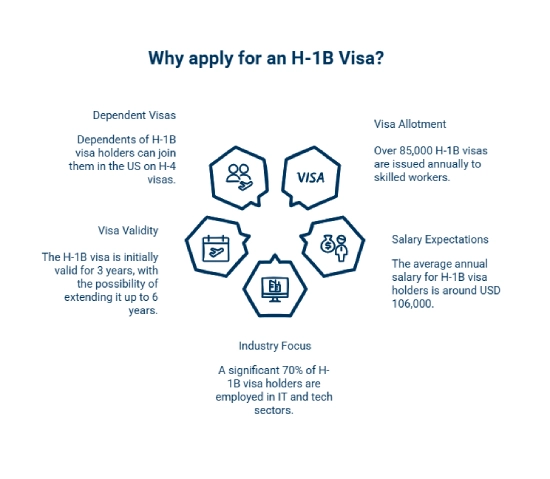
The H-1B visa is a non-immigrant work visa that allows U.S. employers to hire foreign professionals in specialized fields such as IT, engineering, finance, healthcare, and more. It is typically issued for an initial period of three years, extendable up to six years, and includes the possibility of transitioning to permanent residency. The visa requires employer sponsorship and is subject to an annual cap of 85,000 visas, including a 20,000 quota for advanced degree holders from U.S. institutions. H-1B visa holders can also bring their spouse and children under H-4 dependent visas.
The H-1B visa allows skilled professionals from the UK and other countries to live and work in the United States in specialised fields such as technology, engineering, healthcare, and finance.
Here's how the process works, step by step:
Step 1: Employer Sponsorship
The process begins when a U.S. employer offers you a job and agrees to sponsor your visa. They must submit a petition to U.S. Citizenship and Immigration Services (USCIS) and obtain an approved Labour Condition Application (LCA) from the Department of Labor, confirming fair wages and working conditions.
Step 2: Cap and Lottery Selection
Each year, the U.S. offers 85,000 H-1B visas, including 20,000 reserved for U.S. master’s degree holders. If the number of applications exceeds this cap (which it usually does), a lottery system is used to randomly select eligible petitions.
Step 3: Petition Review and Visa Application
If your petition is selected in the lottery, USCIS will review it for eligibility. Once approved, you must apply for the H-1B visa at a U.S. embassy or consulate and attend a visa interview to complete the process.
Step 4: Entering the U.S.
After your visa is approved, you can travel to the U.S. and begin employment with your sponsoring employer. The visa is valid for an initial period of up to 3 years and can be extended to a maximum of 6 years.
Step 5: Changing Employers
You can switch jobs while on an H-1B visa, but your new employer must file a fresh petition. You don’t need to leave the U.S. during this transition, provided the new job meets H-1B requirements.
Step 6: Pathway to Permanent Residency
The H-1B visa allows for dual intent, meaning you can apply for a U.S. Green Card (permanent residency) while continuing to work legally under the H-1B status.
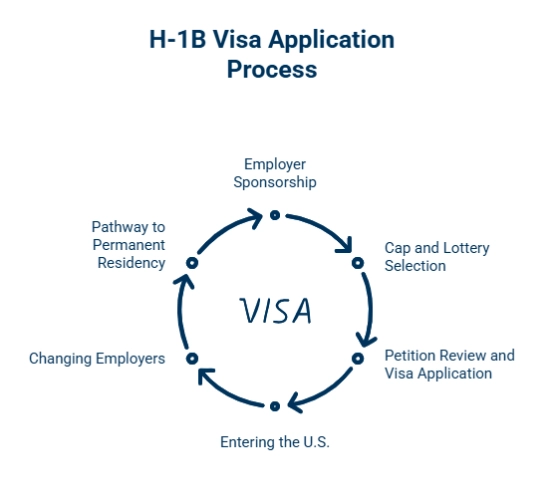
The H-1B visa allows skilled foreign professionals to live and work in the U.S. in specialised roles through employer sponsorship. Successful petitioners enjoy several benefits under this visa category:
The H-1B visa lottery is a system used by U.S. Citizenship and Immigration Services (USCIS) to manage the high volume of applications received each year for the H-1B visa. Since the number of petitions regularly exceeds the annual cap of 85,000 visas, which includes 65,000 under the regular quota and 20,000 reserved for individuals with a U.S. master’s degree or higher. USCIS conducts a computer-generated random selection to ensure fairness. Petitions that are selected in the lottery are then reviewed for eligibility and processing, while those not selected cannot proceed in that application cycle. This process ensures equal opportunity for all applicants amidst growing global demand.
You can follow the below steps to apply for the H-1B visa lottery:
Step 1: Employer registers with USCIS during the lottery registration period
Step 2: Employer submits beneficiary details for the H-1B lottery
Step 3: USCIS conducts the random lottery selection
Step 4: Selected employers are notified by USCIS
Step 5: Employer files a complete H-1B petition (Form I-129)
Step 6: USCIS reviews the petition and issues a decision
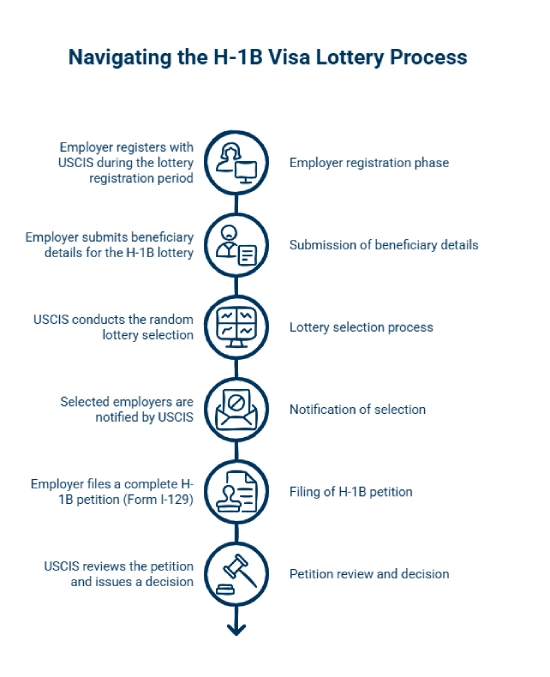
Know more about the US Job Market,
Once selected in the lottery, the employer files Form I-129 along with:
To qualify for an H-1B visa, applicants must meet the following criteria:
*Want to work in the US? Let Y-Axis guide you with the process.
The list of documents required to apply for the H-1B visa is as follows:
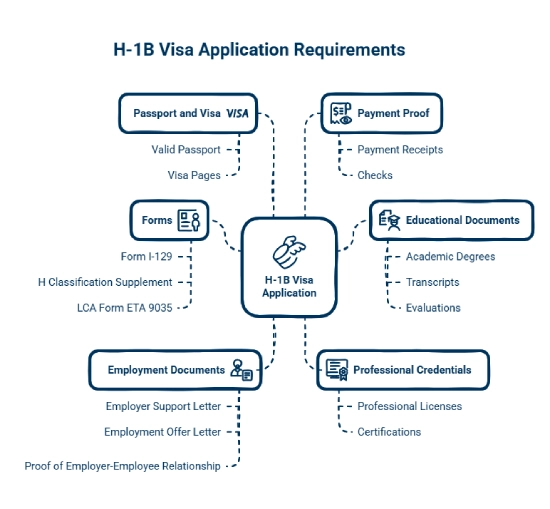
Before filing an H-1B petition, the U.S. employer must submit a Labor Condition Application (LCA) to the Department of Labor (DOL), affirming:
The H-1B visa is initially granted for a period of up to 3 years. It can be extended for an additional 3 years, bringing the maximum duration to 6 years. After this period, the individual must either leave the U.S., change their visa status, or apply for permanent residency if eligible. Extensions beyond six years are possible only under limited circumstances, such as ongoing Green Card processing.
You can follow the below steps to extend your H-1B visa:
Step 1: Employer files Form I-129 with USCIS for an extension before the current visa expires
Step 2: Include supporting documents, such as employment verification and an approved Labor Condition Application (LCA)
Step 3: USCIS reviews the petition and may issue a Request for Evidence (RFE) if additional information is needed
Step 4: Upon approval, USCIS issues a new I-797 Notice of Action reflecting the extended validity
Step 5: If the beneficiary is outside the U.S., apply for visa stamping at a U.S. consulate before re-entry
While the H-1B visa offers a valuable opportunity for skilled professionals and U.S. employers, both applicants and sponsors face several challenges throughout the process.
For H-1B Visa Applicants:
For H-1B Visa Sponsors (Employers):
If you're planning to apply for an H-1B visa, early preparation is key. USCIS usually begins accepting applications on April 1 each year for employment that starts on October 1, the beginning of the U.S. government's fiscal year. The number of H-1B visas is limited and demand is high, it's important to be ready well in advance.
Here is the recommended timeline to apply for an H-1B visa:
January to March
Begin preparing your application during this period. Employers and applicants should gather required documents, get the Labour Condition Application (LCA) approved by the Department of Labour, and finalize the job offer and role details.
April 1
USCIS opens the filing window. Submitting your petition on or shortly after this date gives you the best chance to be included in the H-1B lottery.
After April 1
Once the cap is reached, USCIS stops accepting petitions. If selected in the lottery and approved, you can start working in the U.S. from October 1.
Here is why you should prepare well in advance:
You can follow the below steps to apply for an H-1B visa:
Step 1: Secure a valid job offer from a U.S. employer.
Step 2: Employer files a Labor Condition Application (LCA) with the U.S. Department of Labor.
Step 3: Employer submits Form I-129 (H-1B petition) to USCIS.
Step 4: Enter the H-1B lottery (if under the annual cap).
Step 5: Await USCIS petition approval.
Step 6: Complete DS-160 form and schedule a visa interview at the U.S. Embassy in the UK.
Step 7: Attend the visa interview and receive the H-1B visa.
Know more about the most in-demand occupations in the US.
The table below has complete details of the H-1B visa fees:
| Fee Type | Amount (USD) |
| H-1B Registration Fee | $215 |
| Base Filing Fee (Form I-129) | $780 |
| American Competitiveness and Workforce Improvement Act (ACWIA) Fee | $750 (25 or fewer employees) / $1,500 (more than 25 employees) |
| Fraud Prevention and Detection Fee | $500 |
| Public Law 114-113 Fee | $4,000 |
| Asylum Program Fee | $600 |
| Premium Processing Fee (Optional) | $2,805 |
| H-1B Visa Application Fee | $205 |
The processing time for an H-1B visa varies based on several factors, including the type of processing selected (regular or premium), the specific USCIS service centre handling the petition, and the completeness of the application. Currently, regular processing typically takes between 2 to 6 months, while premium processing offers a guaranteed decision within 15 calendar days.
| Processing Type | Processing time |
| Regular Processing | 2 to 6 months |
| Premium Processing | 15 calendar days |
Some of the factors affecting the H-1B visa processing time are as follows:
Once the H-1B petition is approved by USCIS, the next step for the applicant is to schedule a visa interview at a U.S. embassy or consulate in their country of residence. Appointment availability and wait times may vary depending on the location.
Visa issuance typically takes a few days to a few weeks after the interview, depending on the case and consular workload. It is advisable for both applicants and employers to regularly check the USCIS and U.S. Department of State websites for the most accurate and updated timelines.
For case-specific guidance and to ensure a smooth process, consulting an immigration expert such as Y-Axis is highly recommended.
Y-Axis is the leading immigration consultant for individuals looking to migrate to the USA. Our end-to-end support with the immigration process ensures that you make the right decision at every step. We guide you with:
Contact us to enhance your chances and make an informed decision with overseas immigration.
Our Accreditations | |||
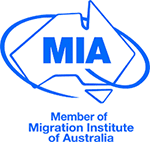 | 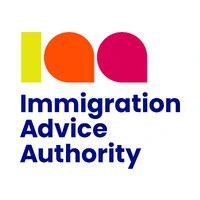 | 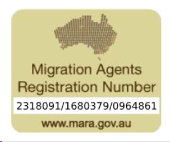 | 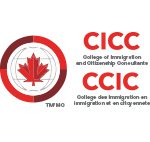 |
The H-1B visa is a non-immigrant visa that allows U.S. employers to hire foreign workers in specialty occupations such as IT, engineering, finance, and healthcare. It is issued for jobs that require a high level of theoretical or technical expertise and typically a bachelor's degree or higher in a specific field.
Yes, H-1B visa holders can apply for a Green Card while working in the U.S. This process, often referred to as "dual intent," allows individuals to work under an H-1B visa while pursuing permanent residency through employment-based sponsorship (EB-2 or EB-3 categories). The process includes PERM labor certification, I-140 petition, and I-485 adjustment of status.
The H-1B visa application process begins with a U.S. employer filing a Labor Condition Application (LCA) with the Department of Labor, followed by submitting Form I-129 to USCIS. Once approved, the applicant must attend a visa interview at a U.S. consulate or embassy. Applications typically open in April and are subject to a numerical cap each fiscal year.
The H-1B visa is initially granted for up to 3 years and can be extended for an additional 3 years, making the maximum duration 6 years. Under certain conditions, such as pending Green Card applications extensions beyond 6 years may be possible.
To be eligible for an H-1B visa, the applicant must:
Yes, H-1B visa holders can apply for an extension beyond the initial 3-year period. Extensions are generally granted up to a total of 6 years. In some cases, extensions beyond 6 years may be available if the Green Card process is underway.
H-1B visa holders enjoy several benefits, some of which include:
The complete cost breakdown of the H-1B visa fees are as follows:
Note: Most fees are paid by the sponsoring employer.
As of 2025, USCIS has introduced a new H-1B registration system to reduce fraud and improve transparency. The selection process is now beneficiary-based, ensuring fairness by preventing duplicate submissions. Employers must also submit organizational attestations confirming the legitimacy of their job offers.
H-1B visa jobs typically include roles in:
Note: These roles must require a minimum of a bachelor's degree in the field.
Many U.S. employers sponsor H-1B visas. Job seekers can explore platforms like MyVisaJobs, Indeed, and LinkedIn for listings marked “H-1B sponsorship available.” Common sponsors include tech companies, consulting firms, and universities.
You can check the status of your H-1B petition on the USCIS website using your receipt number from Form I-797. Updates such as "Case Received," "Approval Notice Sent," or "RFE Issued" indicate your petition's progress.
You must meet the below requirements to apply for an H-1B visa:
The H-1B process includes:
Step 1: Employer files a Labor Condition Application (LCA).
Step 2: Submission of Form I-129 to USCIS.
Step 3: USCIS lottery selection (if cap-subject).
Step 4: Petition approval and consular visa application.
Step 5: Visa interview and stamping.
The H-1B lottery is a randomized selection process conducted by USCIS when the number of applications exceeds the annual cap of 85,000 (65,000 regular and 20,000 for U.S. Master’s degree holders). Registration typically opens in March.
Yes, you may attend your H-1B visa interview at a U.S. Embassy or Consulate in the UK, provided that you are legally present in the UK at the time of your interview (e.g., as a resident, worker, or student). The visa interview location does not need to match the country where your petitioning employer is based. However, U.S. embassies may give priority to local residents, and appointment wait times can vary. It is always recommended to check with the U.S. Embassy in London for the latest guidelines on third-country nationals applying for visas.
The initial duration of stay under a USA H-1B visa is three years, which may be extended up to a maximum of six years in total. Certain exceptions apply, especially for individuals who have begun the green card process, in which case extensions beyond six years may be granted. The visa is employer-specific, so changes in employment require a new petition. After your visa expires, you must either change your immigration status, apply for an extension, or leave the U.S. to remain compliant with immigration laws.
Yes, the H-1B visa is considered a dual-intent visa, meaning holders are allowed to pursue permanent residency (Green Card) while working in the U.S. If your employer sponsors you for a Green Card, you can initiate the process while on H-1B status. Common employment-based categories include EB-2 or EB-3. Once the PERM Labour Certification and I-140 petition are approved, you can apply for adjustment of status (Form I-485). Many H-1B holders successfully transition to Green Card holders through employer sponsorship.
Yes, you can apply for an H-1B visa in the UK even if you hold another valid U.S. visa (such as a B1/B2 or F-1 visa), as long as you meet the eligibility criteria for H-1B and are legally present in the UK. The existing visa type does not impact your H-1B eligibility. You will need an approved Form I-129 petition from your U.S. employer and must attend an H-1B-specific visa interview at the U.S. Embassy in London or a designated consulate. Approval is based on the merits of your H-1B petition.
If your H-1B petition is not selected in the annual USCIS lottery, your case will not proceed for further processing, and the associated filing fees will be refunded (except for the registration fee). You cannot work in the U.S. under H-1B status without selection and approval. However, your employer can consider alternative pathways such as reapplying in the next fiscal year, exploring other visa types (like L-1 or O-1), or seeking employment at cap-exempt institutions like universities or non-profits.
Yes, you can bring eligible family members to the U.S. on H-4 dependent visas. This includes your spouse and unmarried children under the age of 21. They must apply separately at a U.S. embassy or consulate and provide proof of your H-1B status. H-4 visa holders can study in the U.S., and in certain cases (e.g., if you have an approved I-140), your spouse may also apply for work authorization. Family members can accompany you from the UK or join you later, subject to visa approval.